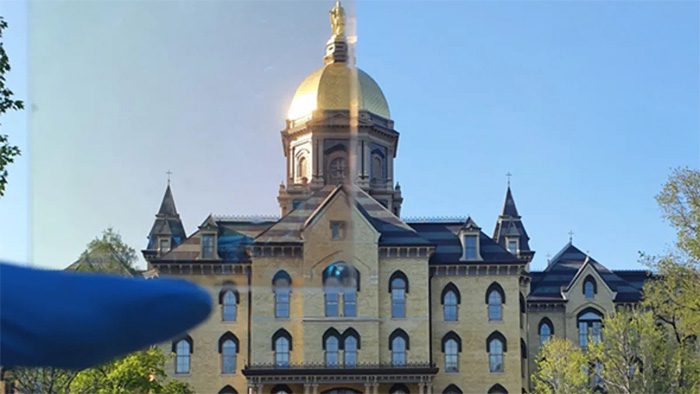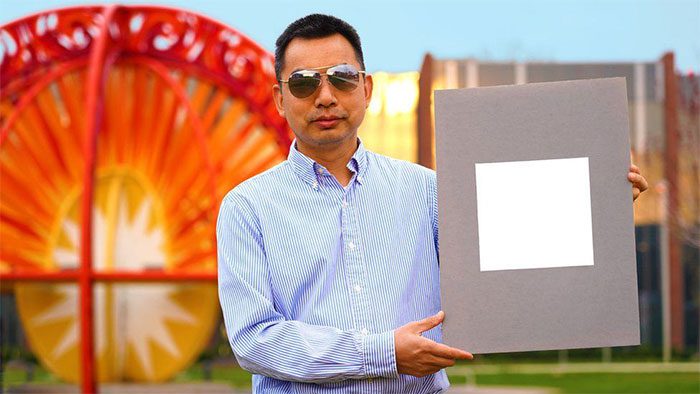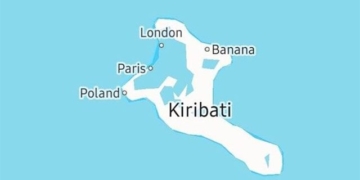This transparent window coating is expected to limit fossil energy consumption for air conditioning in hot areas.
According to experts, in addition to reducing emissions from factories and vehicles, one of the measures that can be applied to reduce energy consumption and global climate change is optimizing temperatures in buildings.

The newly developed transparent window coating – (Image: ACS).
Currently, about 15% of global energy is used for cooling homes and buildings during the summer. This energy source is primarily derived from fossil fuels.
Recently, a research team from Kyung Hee University (South Korea) and the University of Notre Dame (USA) collaborated to develop a window coating that can block ultraviolet and infrared rays from the sun. These are also the two main factors that cause enclosed spaces, like rooms, to heat up when exposed to light.
The design includes alternating thin layers made from various materials such as silicon dioxide, silicon nitride, aluminum oxide, or titanium dioxide, alongside a layer of polydimethylsiloxane film.
The research team utilized machine learning technology to select materials, determine combinations, and arrange layers for optimal heat rejection efficiency.

15% of the energy humans use in summer is for cooling buildings – (Image: GETTY IMAGES).
According to the research team, several experiments have yielded positive results. This window coating has become a “transparent radiative cooling system” that significantly outperforms many previous designs.
In hot and dry regions, the team estimates that buildings can reduce energy consumption for cooling by up to 31% if this window coating is used.
The team indicated that similar coatings will be developed and applied to other locations such as car windows and airplane windows.
Additionally, the computational techniques used by the team could continue to be utilized to search for even more effective materials.
Recently, scientists have made significant efforts to minimize the amount of fossil fuels consumed for cooling buildings.
Another recent study from Purdue University, Indiana (USA), has developed an ultra-white paint.

The ultra-white paint technology has also been introduced – (Image: GETTY IMAGES)
When applied to the exteriors of buildings, this paint can eliminate up to 98.1% of heat.
The research team believes that buildings in hot climates using this paint will be cooler and will reduce the demand for air conditioning.





















































